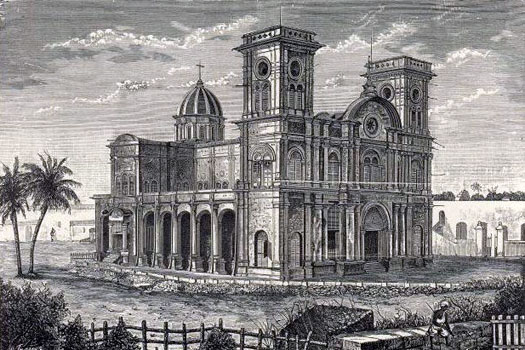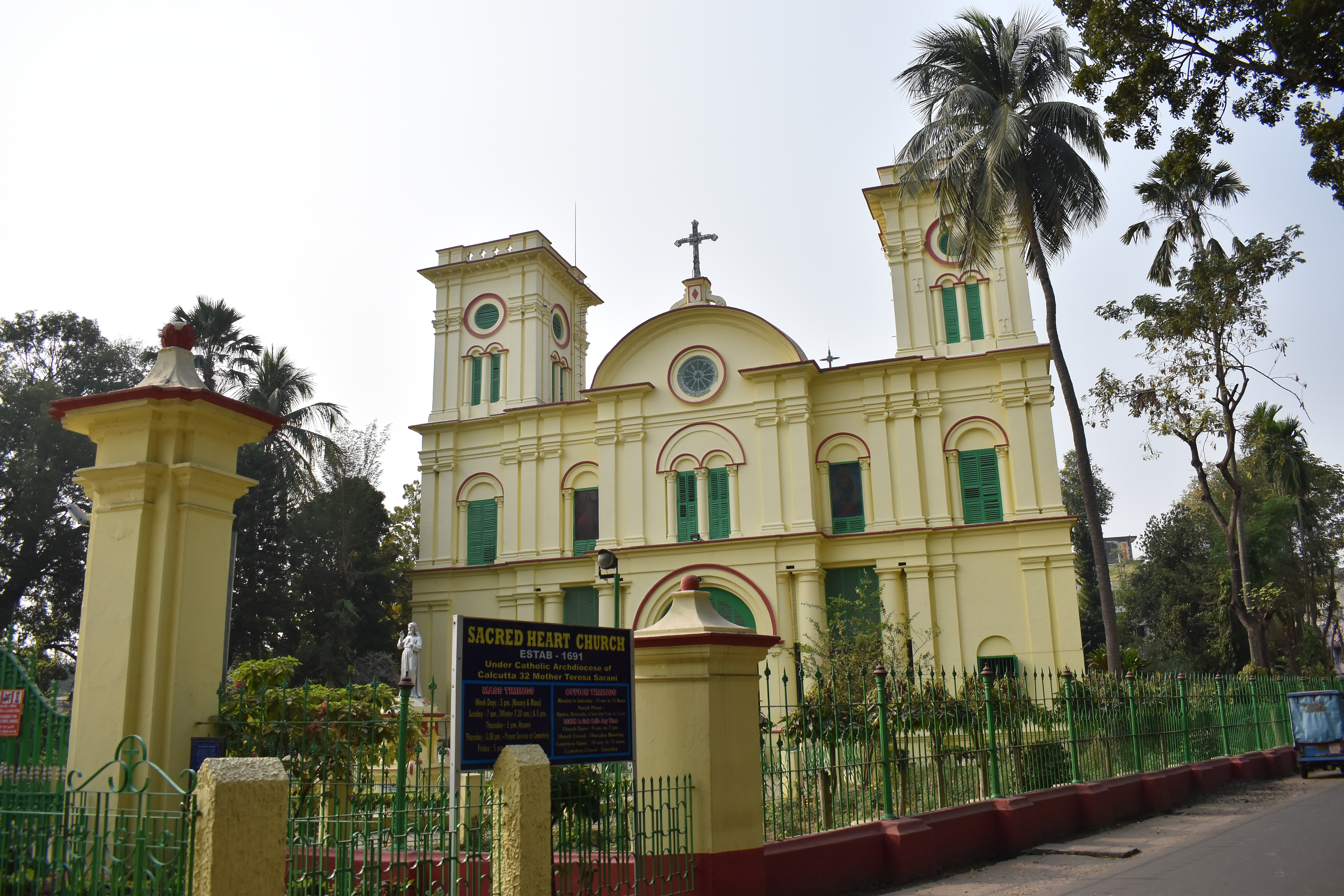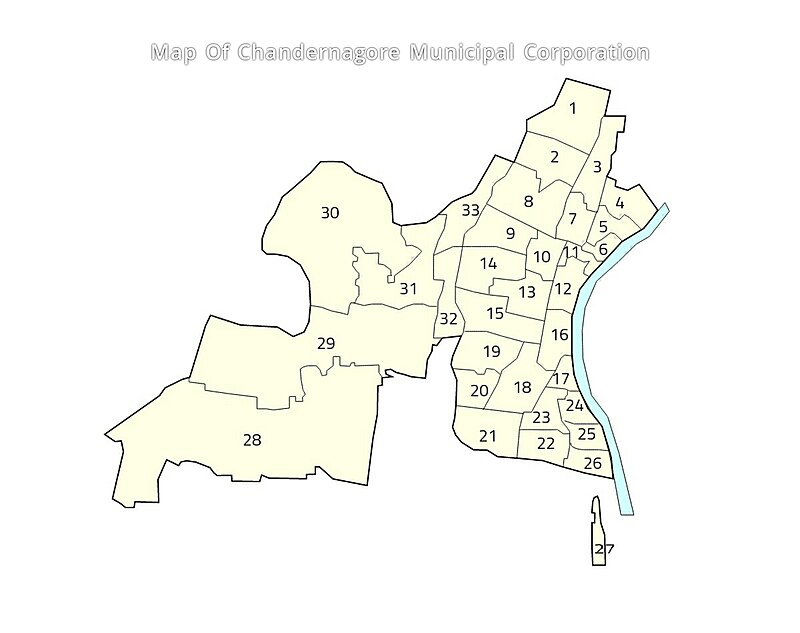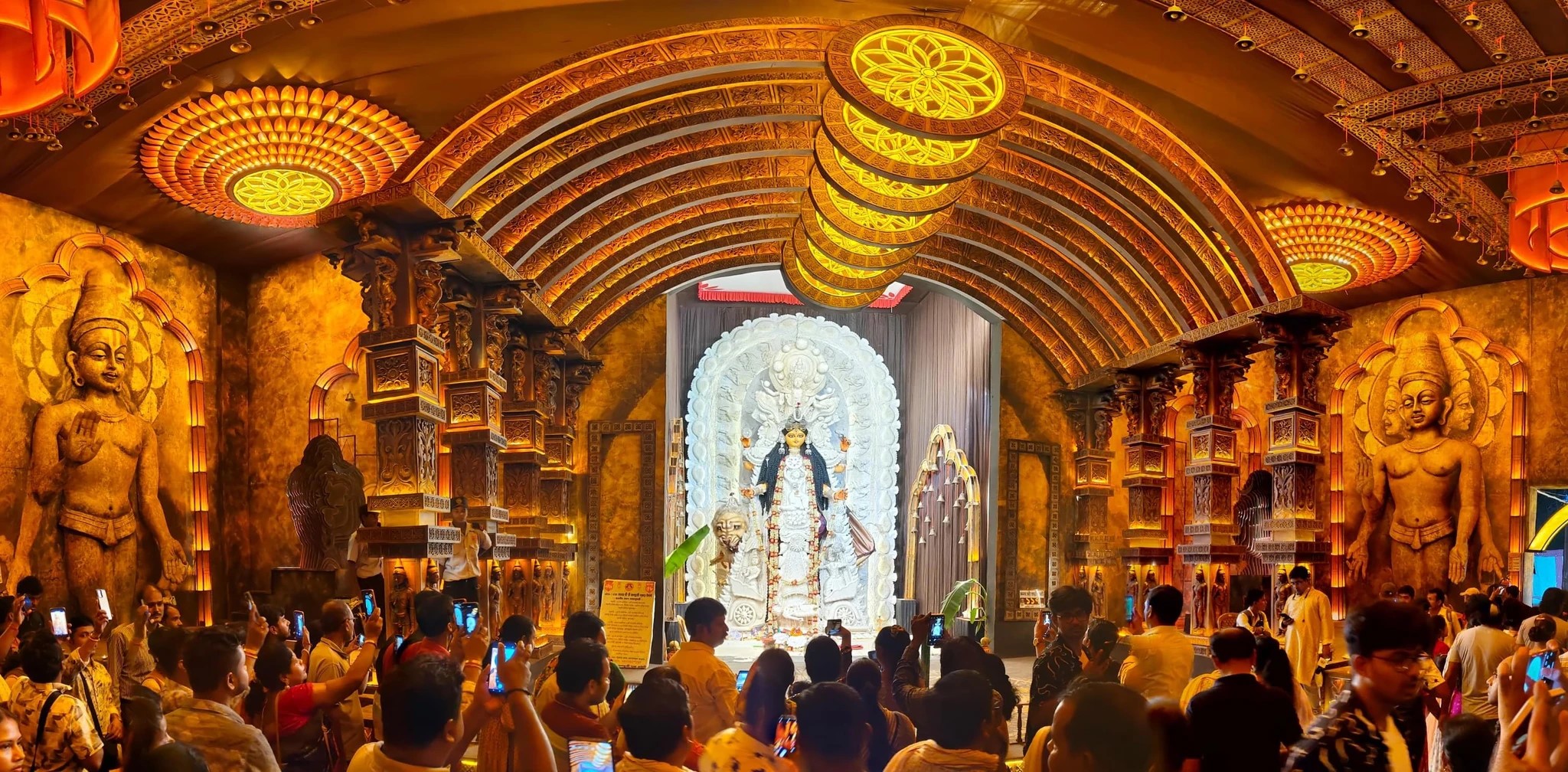
About Chandernagore
Chandernagore Municipal Corporation is located on the banks of River Ganga surrounded by Chinsura in the north, Bhadreshwar in the south, Hooghly River to its east and Dhaniyakhali in the West. Chandernagore Municipal Corporation covers an areas of 22.03 km2 with latitude of 22°37'N and longitude of 88°38'E.
It is located in the northern side of Kolkata Metropolitan Area. It is connected by road via G.T. Road or Delhi Road from Kolkata and also through local trains from Howrah- Burdwan Easter Railway and it takes around 50-55 minutes in all stop local trains to reach Chandernagore. Chandernagore is only 40km by road from Kolkata Airport. It can also be reached by Water transport (ferry Service through Ranighat). Government of West Bengal operates river services at a very nominal rate.
Chandernagore, is a town with a unique colonial heritage. Chandernagore was a French colony for more than 250 years, unlike the more widely known British settlements, making it an important outpost of France's imperial ambitions in India. Its history reflects a blend of European politics, colonial rivalry, and Indian nationalist struggle.
In 1673, the French East India Company obtained permission from Ibrahim Khan (Shaista Khan), the then-Mughal Subahdar (Governor) of Bengal, to establish a trading post in Chandernagore. The site was strategically located on the Hooghly River, offering easy access to the Bay of Bengal and facilitating trade in textiles, indigo, and saltpetre.








